A Chicago filmmaker talks about making a Western in New Mexico in the wake of the 'Rust' tragedy
Published in Entertainment News
CHICAGO — Chicago writer-director Ned Crowley’s indie Western “Killing Faith” is set in the Arizona desert in 1849. It follows a doctor (Guy Pearce) who numbs his misery with ether but sobers up long enough to escort a driven and resourceful formerly enslaved woman (DeWanda Wise) across the barren landscape. She’s in search of a deceptively chipper preacher (Bill Pullman) who she believes can cast out whatever force — or sickness — plagues the little girl she is raising. The child kills everything she touches with her hands, which is why she wears mittens despite the absence of cold weather.
In theaters nationwide, the film is quiet and atmospheric, at times droll and at times extremely brutal. Crowley will be at a screening on Wednesday at the Classic Cinemas Lake Theatre in Oak Park.
Though not originally from Chicago, he came to the city in 1986 for a job in advertising at Leo Burnett. He also became involved with Second City.
“I met a lot of my friends there and was writing and performing for about 10 years. Then they all moved to LA and I stayed here to raise a family and make a living.”
He took a sabbatical from the ad game a few years back to make his first movie, the dark comedy “Middle Man” starring a friend from his Second City days, Jim O’Heir (“Parks and Recreation”). After retiring three years ago, Crowley is focused full-time on filmmaking.
“I don’t play golf, so I gotta do something,” he joked about this new chapter.
We talked about what it’s like trying to get a film made when you’re not based in Los Angeles, the realities of an uncertain movie industry and working on a Western in the wake of the fatal accidental shooting on the set of “Rust.”
Q: You shot a Western, which features many scenes of gunfire, in New Mexico just a few years after the 2021 accidental shooting death of cinematographer Halyna Hutchins on the set of “Rust.” Did that prompt you to reconsider the use of guns in the movie or affect how anything was filmed?
A: It’s a very sad tale. We were originally going to shoot at the Bonanza Creek set (where “Rust” was filmed), but couldn’t get our financing together in time, so we turned our “hold” over to “Rust.”
(When “Killing Faith” began production) we ultimately decided to shoot at a different set that had more of what we needed. And a lot of the crews were superstitious about shooting there.
We were so careful and never shot any blanks or anything. We took our time to let everyone inspect our guns before we shot. And most of our guns were plugged with silicone the entire time. Honestly, even productions that use blanks always end up enhancing (with CGI) in post-production, so there’s really no reason to ever use a gun that fires blanks these days.
Q: You live in Oak Park, and I think the assumption is that, if you want to make things happen, it’s a disadvantage — that maybe people in decision-making positions will dismiss you — if you’re not based in Los Angeles. What has your experience been?
A: (Laughs) I feel dismissed whether I’m in LA or not! I’ve spent 20 years trying to hustle scripts, but I’m definitely an outsider. This movie has a national release, so that’s led people to want to talk to me. But is there snobbery? Yes. But there’s also a sense of, this guy lives in the Midwest and knows what human beings are like.
So it’s a disadvantage if you buy into the Hollywood thing of “I gotta be there to schmooze and take meetings,” but I’m not a Hollywood guy and I’m fortunate in that I’m not trying to chase jobs in Hollywood. I’m trying to figure out ways to make my own stories. I’m writing scripts with a sense of, all right, if I can raise the capital, I’ll do this on my own in the way we want to do it.
I have a friend who calls Hollywood “the land of soft yeses” because everybody wants to sorta do something, but not commit. And it really does come down to financing.
Q: So let’s talk about the money part …
A: Do you have any, Nina?
Q: (Laughs) What was your budget on the film?
A: They don’t want me to talk about it, but let’s say it was around $5-8 million.
Q: That’s not an insubstantial amount to raise. So what is it like for indie filmmakers right now? We have the threat of AI and the film industry itself is lost at sea because people have gotten out of the moviegoing habit, plus there’s a generalized bafflement about how to effectively promote movies right now.
A: My last film with Jim O’Heir, we crowdsourced the budget. This one, we got distributors who were interested in giving us financing because it’s a genre film. But you have to have a certain level of talent attached. I love the actors that we got, but I suggested other people and they were like “nope.” They said no even when I mentioned an Academy Award winner; they said he won’t make sales overseas. So the independent world is more of a commerce world than an art world these days.
But you’re right, they are lost at sea. I think everybody’s freaking out.
Q: Was there any debate about whether the movie would go straight to streaming versus the theatrical release it’s getting?
A: A lot of distributors you work with these days go right to streaming, that’s where the money is: Streaming, on-demand and — I was surprised to learn — DVD sales. That’s still a big revenue stream, because a lot of Americans don’t have streaming services, so they go down to Walmart on a Friday and the kids pick out a movie for $5.99 and you’re not paying $80 to go to the theater.
But seeing a movie with other people in a theater is a different experience. It is so much more impactful. When you’re watching at home, you get up to go to the bathroom or get a chicken sandwich, you’re not engaged. I fall into those habits too, it’s hard not to. But there really is nothing like sitting in a dark theater. And the distributor thought my script was worthy of a theatrical release — if I didn’t screw it up.
So, the theater thing was fantastic, until last week, when Taylor Swift decided to drop a movie and she sucked up all the screens in America. We’ve still got a great presence, but it’s unfortunate for a smaller film like mine.
Q: Why a Western?
A: It’s funny, I’m not a Western guy. My last film we shot north of LA in Palmdale, so half the movie was out in the desert and I really fell in love with shooting outside. It’s free, beautiful art direction. So I was influenced by that. I’m also enamored with the Cormac McCarthy book “Blood Meridian,” which Hollywood has been trying to make into a movie for almost 30 years and can’t. I was really trying to make something that was the anti-Western. I wanted it to be more character-driven. Every time someone was like, “How about horses running through town and a shoot-em-up?” — no, we’re not doing that. We’re not doing gambling in a bar. I didn’t even want to put cowboy hats on any of these people originally.
I really wanted to do something that was more of a road picture with some wit. I really like dialogue and rich conversations.
Q: As for the film’s wit, in the opening scene, a man is shot in the leg and instead of the squib being an explosion or even a stream of blood, it just sort of spurts out haphazardly and undramatically. For some reason, it’s funny. I’m assuming that was intentional.
A: I was trying to set the tone, which is a little jarring, a little shocking, a little dramatic, and then a little deadpan: Aw man, I got shot in the leg again.
--------------
©2025 Chicago Tribune. Visit at chicagotribune.com. Distributed by Tribune Content Agency, LLC.
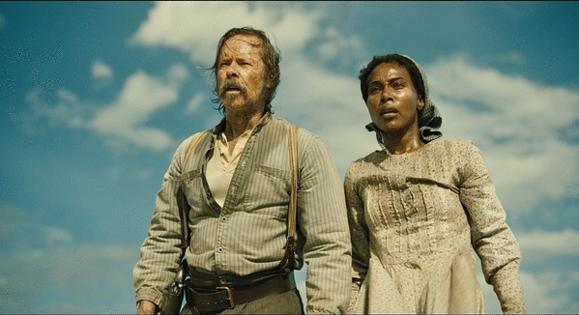
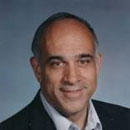
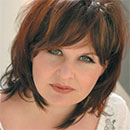
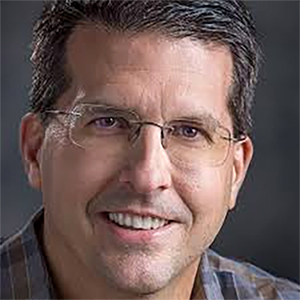
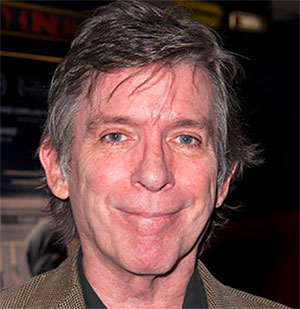
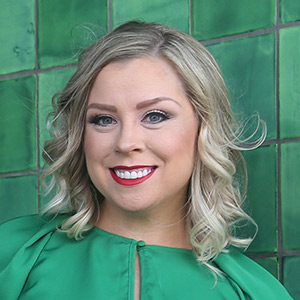
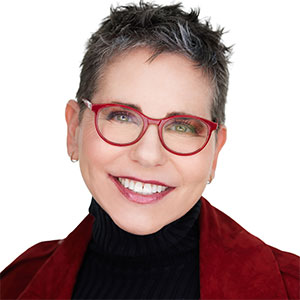
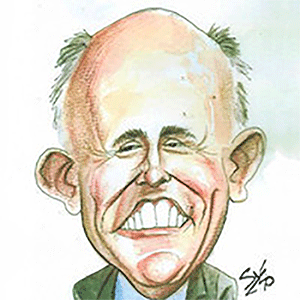
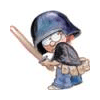
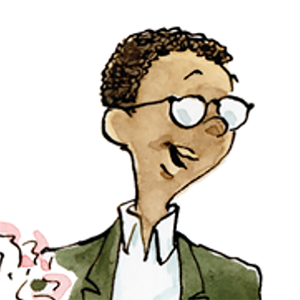



Comments